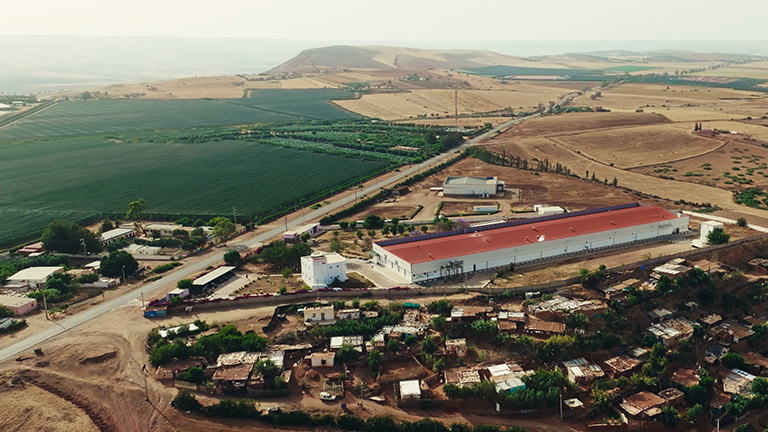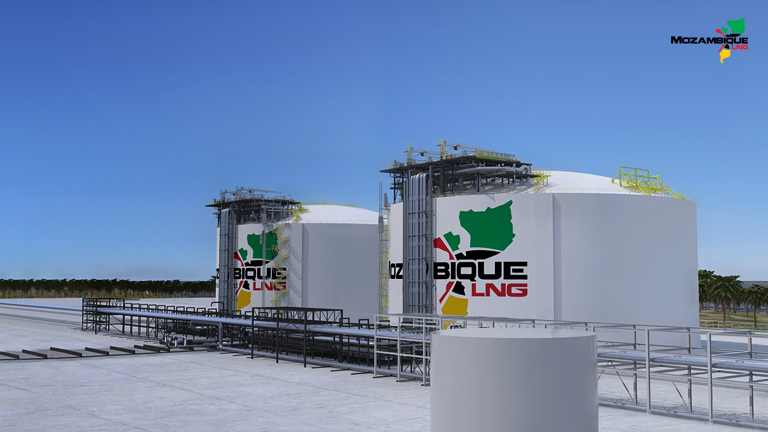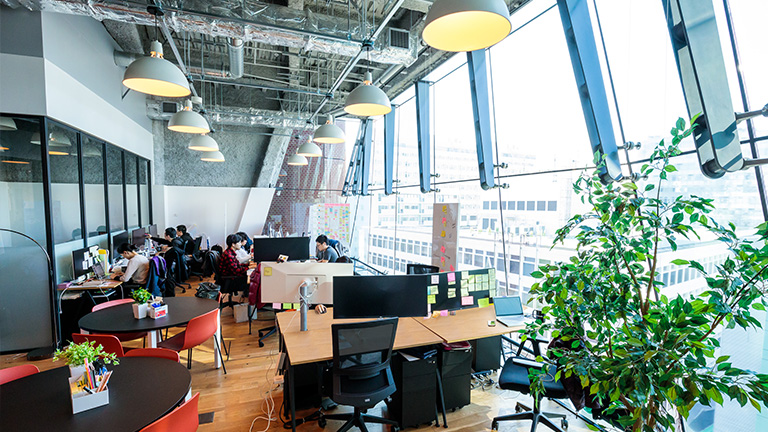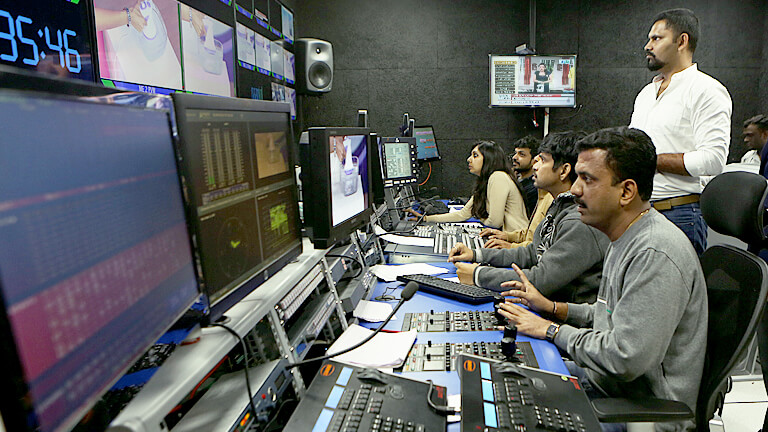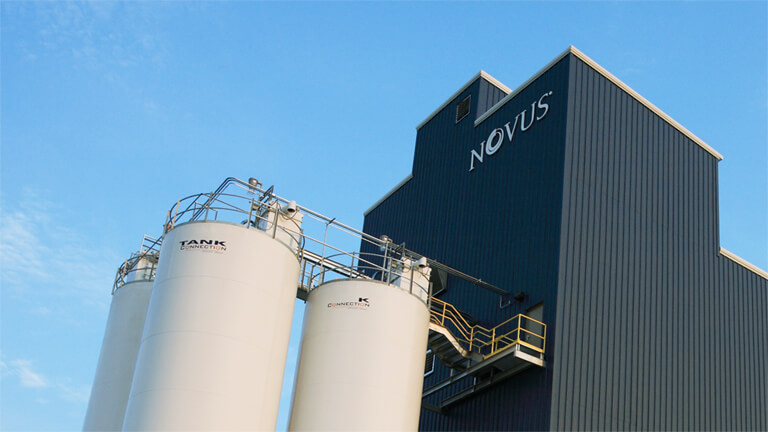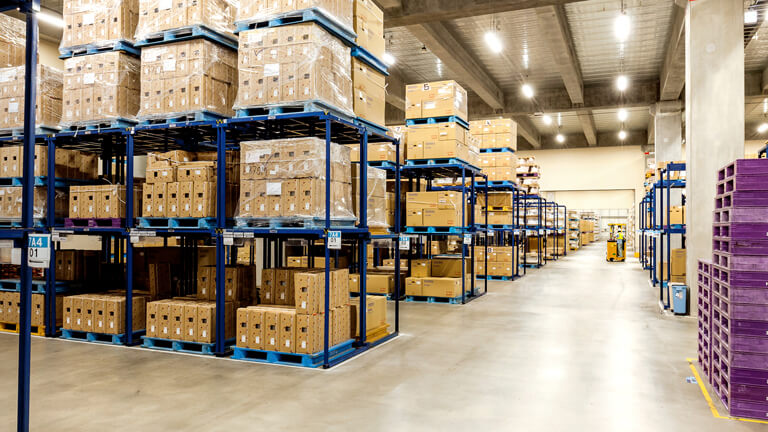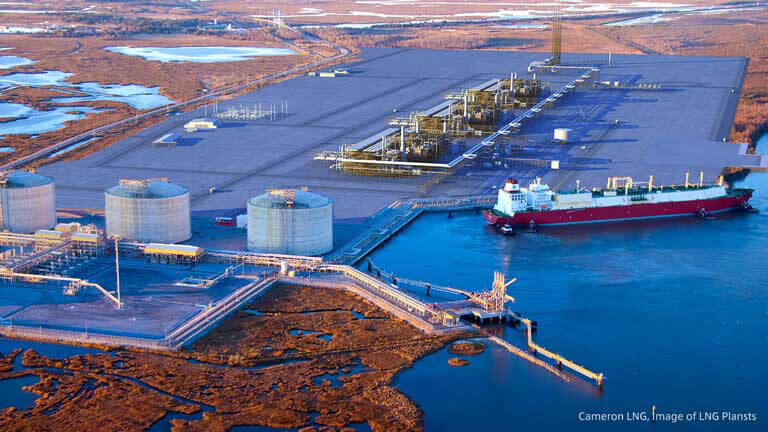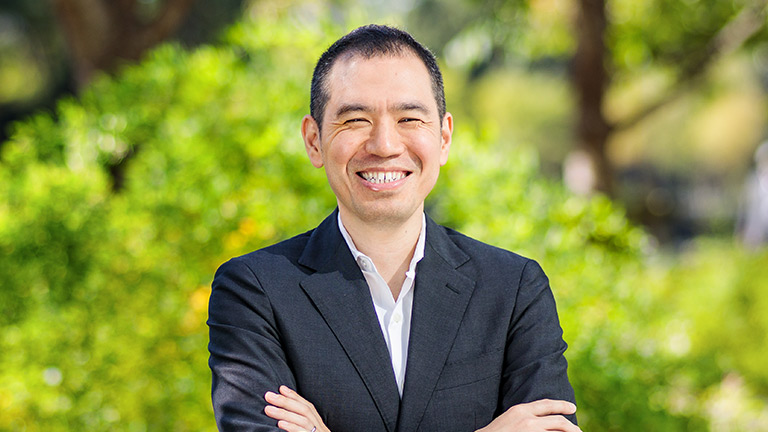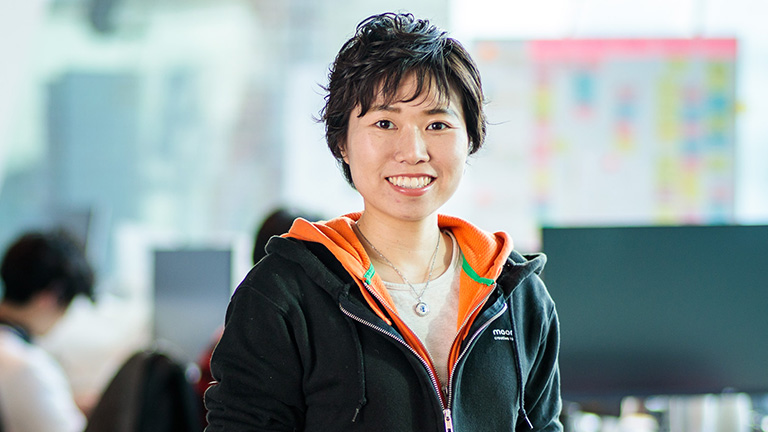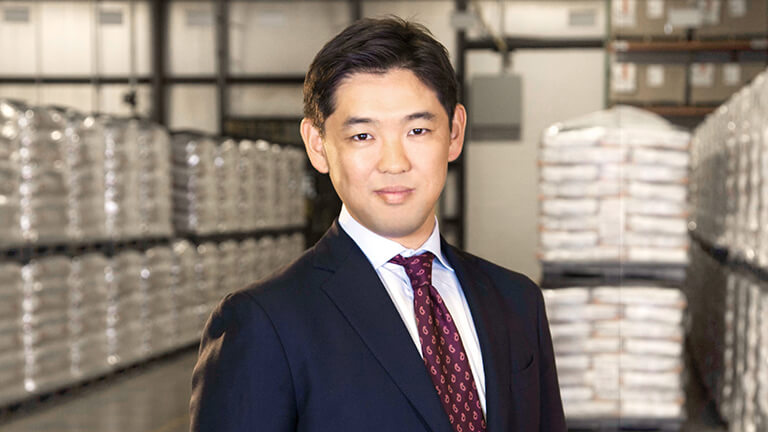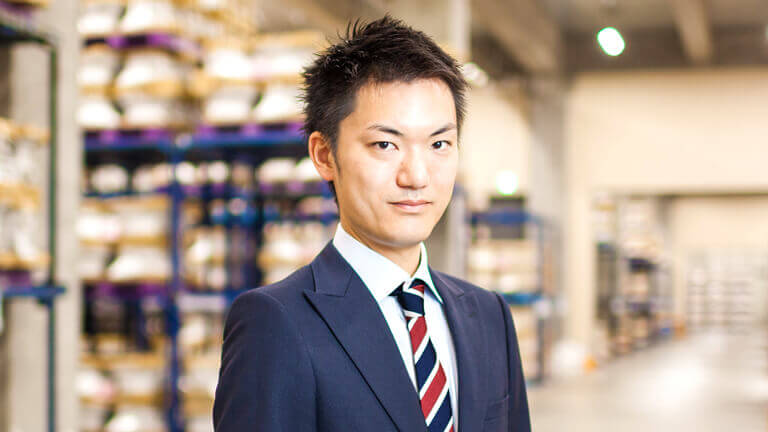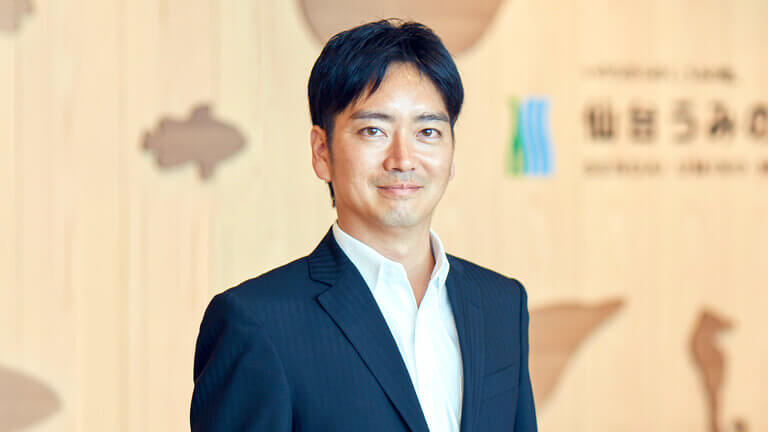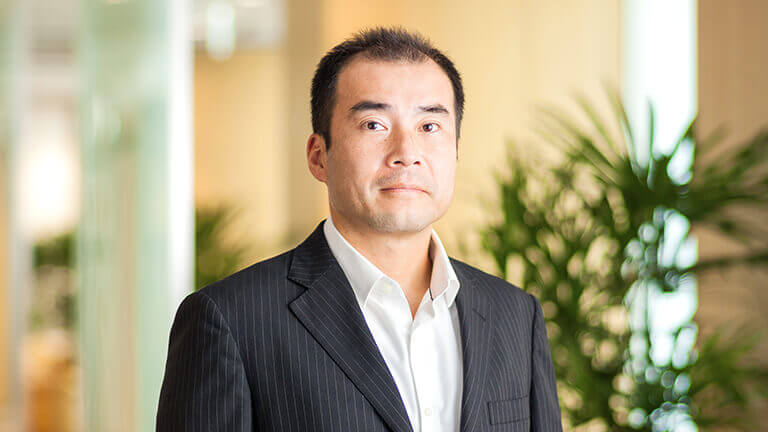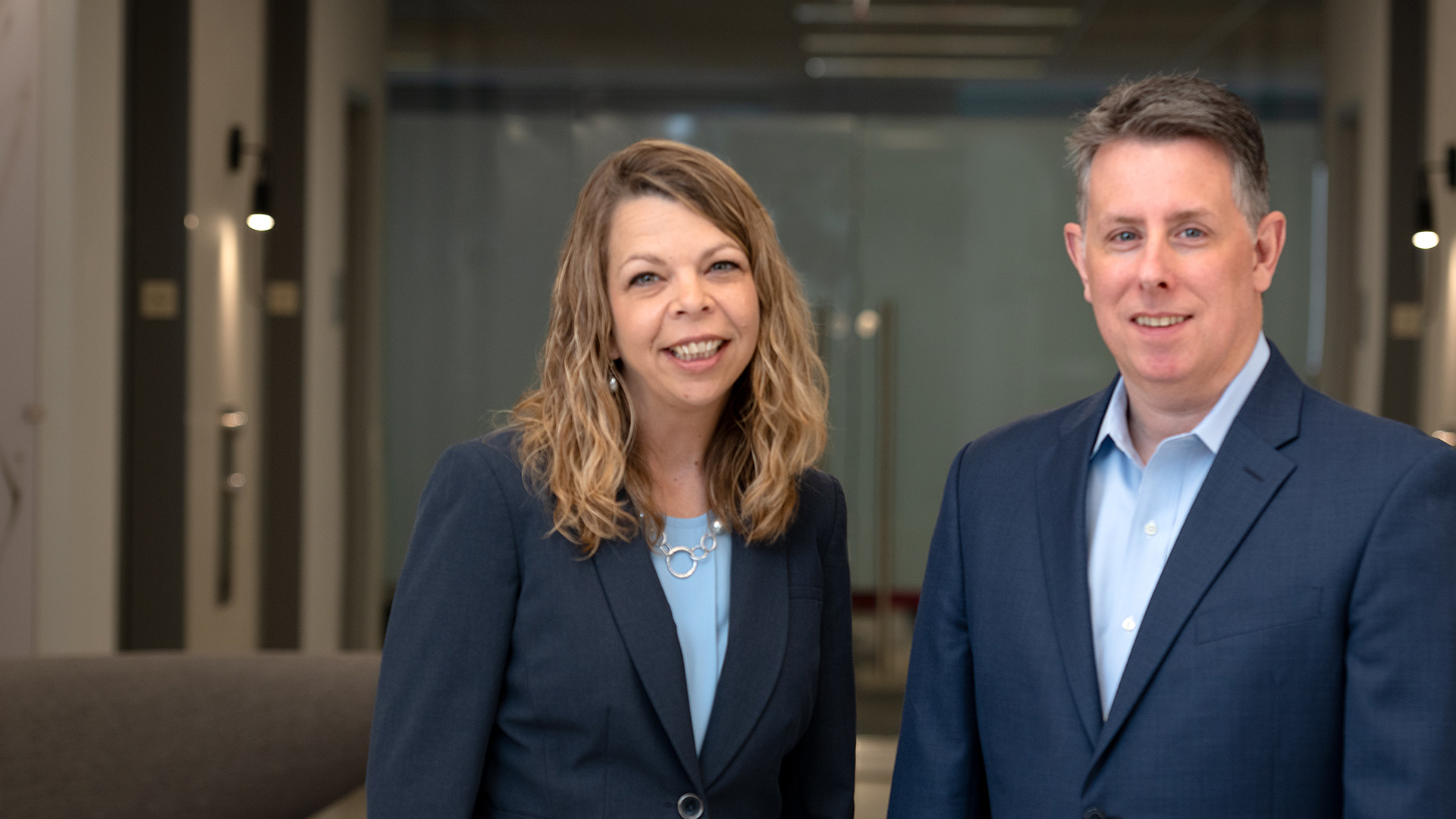
People
Rick Neitz
Vice President, Head of Natural Gas
Mitsui & Co. Energy Marketing Services (USA) Inc.
Houston, USA
Cathy McCann
Manager, Natural Gas Scheduling
Mitsui & Co. Energy Marketing Services (USA) Inc.
Houston, USA
Rick Neitz

I joined MEMS in early 2018. I’m the head of a 12-person team and have oversight of the US gas business, which is predominantly physical gas. We manage Mitsui’s own offtake and feed gas, plus we pursue additional trading and marketing with third parties.
The biggest challenge I’m currently facing is the onboarding of Cameron, our LNG export terminal in Louisiana. It’s a very large asset to manage. In previous jobs, I’ve helped manage the fuel supply to power plants. A standard 500MW power plant may consume up to 80,000MMBtu of natural gas per day. When Cameron is fully operational, it will require up to 700,000MMBtu—nearly 10 times that amount! Spread across the whole United States that wouldn’t be so much, but it’s a lot for a single location.
From my own experience, I also know that there will be volatility. Spreadsheets are one thing, real life another. Most liquefaction plants around the world are located close to the production source. If a tanker is slow to berth or the liquefaction equipment has problems, that means the operator can just ask the production side to slow things down. Cameron, though, isn’t integrated like that. MEMS will be working with a wide variety of suppliers, pipeline companies, the other tolling customers and Sempra, the operator of Cameron, to manage the feed gas. If any issues arise, we’ll need to manage the supply of gas swiftly to avoid unnecessary headaches.
The LNG from Cameron will be sold on the global market with a mixture of long-term and short-term pricing. My team needs to provide price guidance and forecasts to Mitsui’s LNG team in Tokyo. The price is affected by all sorts of variables that influence the supply/ demand balance, and since Mitsui has a diversified portfolio with many different supply paths, forecasting the price of supply to Cameron can be quite complicated. My team and I built a dynamic Excel model that incorporates theses different paths, pricing and constraints to provide price forecasts. It was challenging to make, but I’m happy with the outcome.
What do I enjoy most about working here? Well, I worked for international energy companies before, but there was little interaction with other offices around the world, unless you were a top executive. I like how Mitsui rotate their staff around the world. It means we get access to a lot of information about different offices and different industries. US companies tend to be very commodity-specific. It’s rare to work with people who have experience with different commodities let alone from different industries. In Mitsui, the company spends a lot of time and energy making sure that people communicate and collaborate.
I also enjoy the challenge of working for a conglomerate with many lines of business. At the end of October, for example, I went to a Mitsui conference on digital transformation in New York for the CEOs of the 40 or 50 affiliates Mitsui has in the Americas. I got the chance to talk to the heads of Mitsui firms active in different industries and in different parts of the energy value chain, such as bulk liquid storage terminals and rail leasing. They had plenty of questions for me too.
The advent of shale has completely transformed the energy marketplace. My career started to change right before my eyes. I like to challenge myself, keep on top of things and learn new things. That’s why I went back to school in 2015 to get an MBA. I actually went to the University of Houston which has an excellent program with a focus on energy. Many people in the class are from the energy business.
My goal over the next several years is to help MEMS expand geographically. We’re well established in many markets in the eastern half of the US; now we’re exploring opportunities to expand into adjacent markets such as the upper Mid-West, Mid-Continent and Southwest regions. It’s not a stretch for MEMS to be active in all major markets throughout the US inside five years. We’ve also examining opportunities outside the US, notably in Mexico, with other Mitsui divisions. We’re proven that we’re able to manage commodity risk, so I think any expansion would involve us.
Cathy McCann
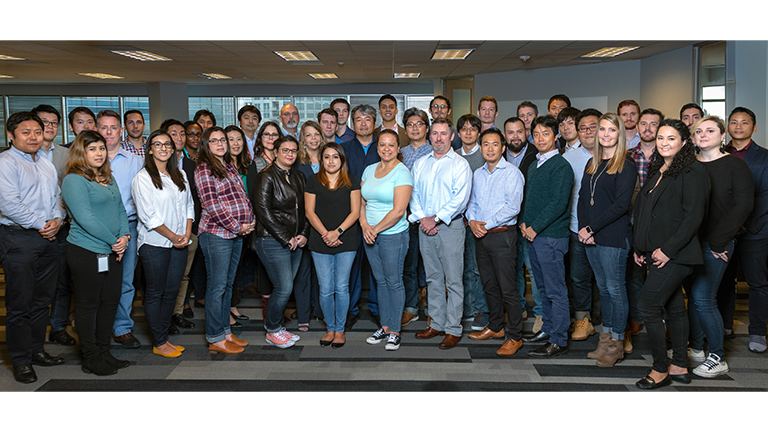
I actually started my career as an administrative assistant with a multinational energy company in 1999 and moved into scheduling in 2001. Here at MEMS, I’m the manager of the scheduling team. There are three of us: myself, a senior scheduler with 20-plus years’ experience, and a junior scheduler. The US has a pretty intricate system of pipelines. As schedulers, our job is to direct the gas the traders buy and sell through the various pipelines within very specific deadlines. Different factors affect the price of gas—maintenance, weather, constraint points—and we need to provide the traders with information about things that will affect both prices and our ability to deliver gas. After all, we don’t want to sell at locations we can’t deliver to. Ultimately, our job is to “keep people whole” by delivering on our promises.
This is an exciting time to be a member of the MEMS team, as we’ve had quite a bit of growth in the amount of business we are doing and in personnel. When I joined MEMS in 2015, the company had a smaller team with a focus on equity gas, and we were only just beginning to sell third-party gas. As a result, the company handled the two businesses quite differently. Recently, we’ve integrated the same functionality across all books of business so that we have continuity in our processes. That was quite a challenge.
One thing I’m particularly proud of is how I’ve improved our business practices for month-end accounting close. When I got here, it took accounting almost 10 days to get all the information they needed to send their invoices out. We’ve shortened that to the first business day of the month. With the new streamlined process, we have many fewer prior period adjustments than we used to.
Do I enjoy working here? Yes, I love interacting with my Japanese colleagues. I’ve worked in Belgian-, French- and Russian-owned companies, but I never had much exposure to different cultures in them. My Japanese colleagues are some of the most intelligent and hardest-working people I’ve ever worked with. Over the years, I’ve trained many people in scheduling of natural gas. It’s not an easy task to learn, but the desire to learn and the ability to absorb knowledge of the Japanese I’ve trained amazes me.
I started in this business at the bottom, as an assistant. I worked my way up to where I am today through hard work and a thirst for knowledge. As a mother, I feel that my biggest responsibility is to teach my children to be successful adults—and that the best way to teach them is by example. When I go to work, I work hard!
Posted in January 2019

